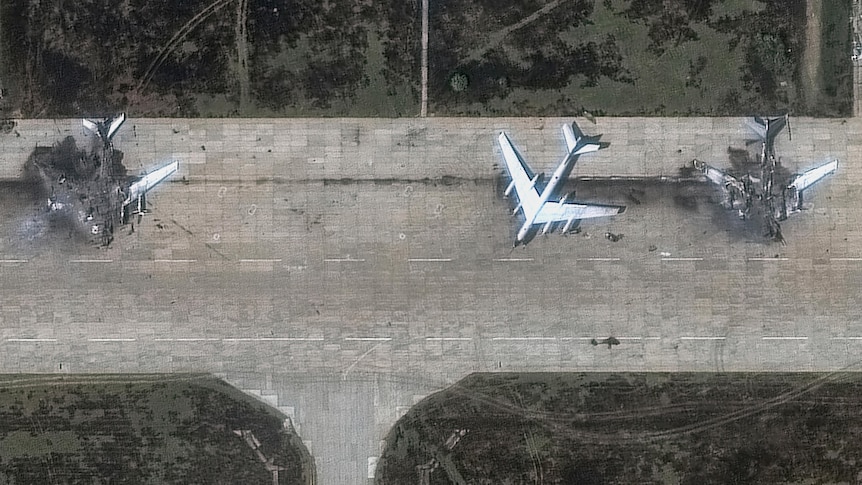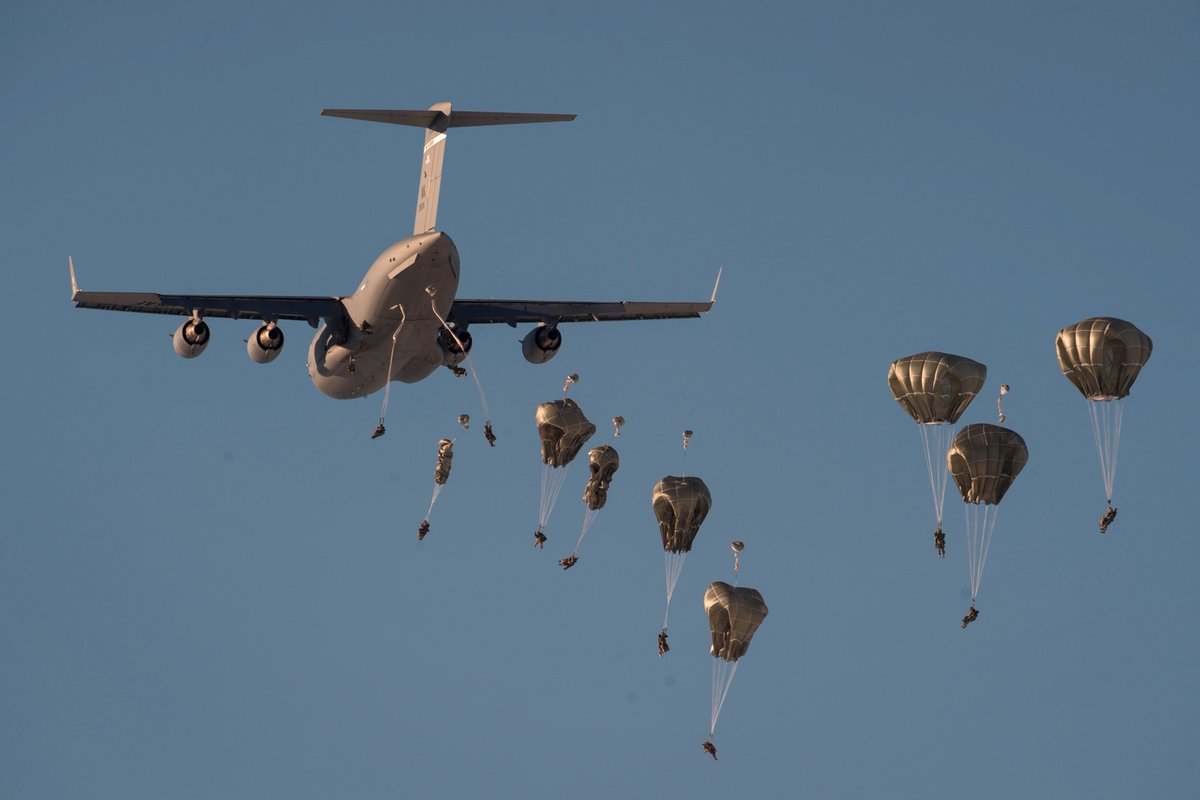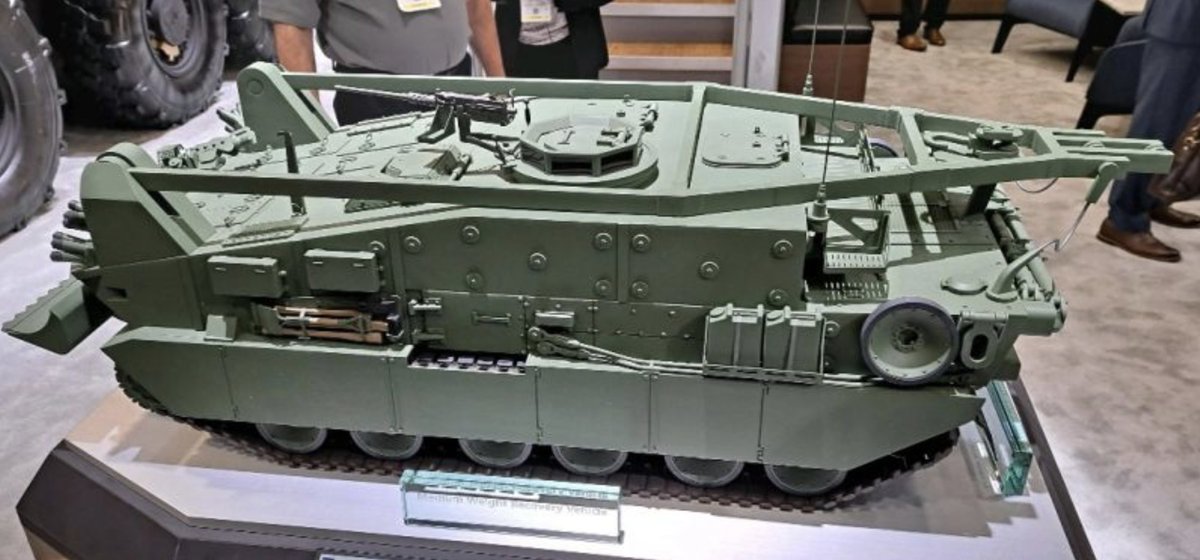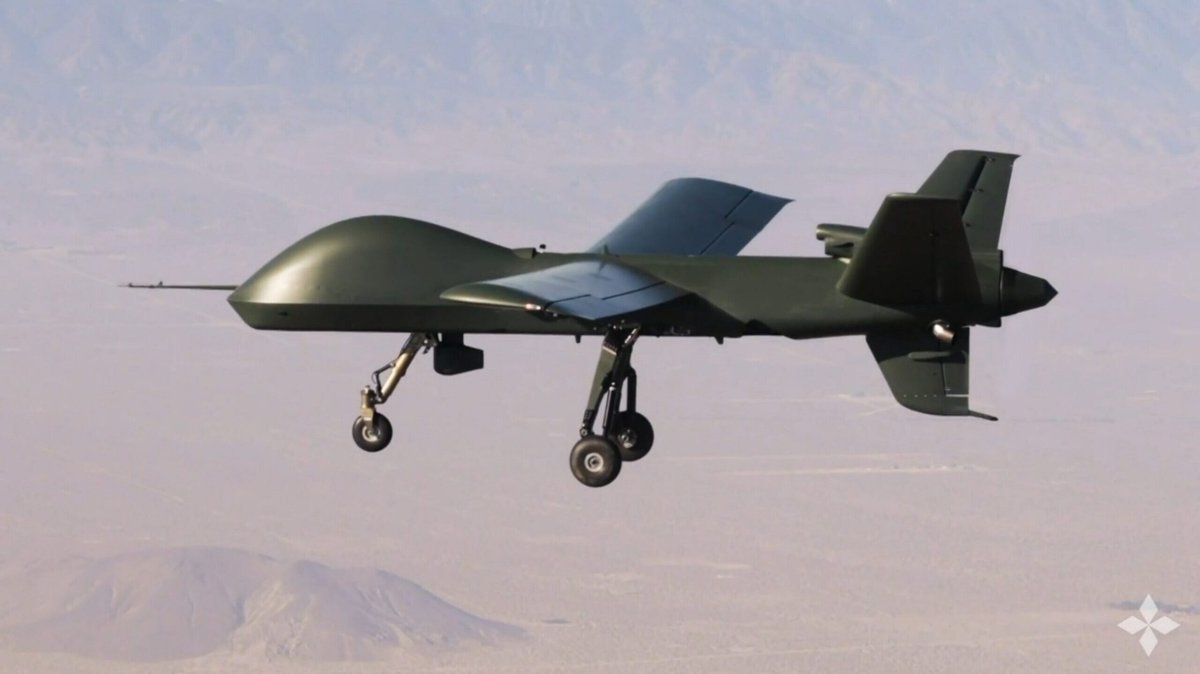So, in the absence of detail from the recent Defence Command Paper, I thought I would provide a personal view on the British Army's strategy and answer that all important question: WHAT IS IT FOR? I'll start with the principal threats to note the resurgence of peer adversaries. 

The UK's four overarching defence commitments translate into a range of roles with varying intensity. The specific tasks the Army aims to perform were not communicated clearly. The important shift in emphasis is a move to high-end expeditionary war fighting. 

The four primary tasks are performed by Light, Heavy and Special Forces structures. Again, once you understand the intent, the logic is sound. An increased special forces component is consistent with the missions we anticipate. 

The key missing component was the future force structure. Instead of trying to guess what this is, I have suggested what it should be. Heavy and Light Brigade Combat Teams all have the same structure. Six primary combat brigades are supported by eight further brigades. 

A recommended change is to place Boxer, Ajax, and Challenger 3 in separate Heavy brigades to avoid mixing wheels and tracks. Light brigades utilise Foxhound and BVS10. The SFSG and 4 x Spec. Inf. Bns. become 2 x Ranger battalions and are rolled into an enlarged SF brigade.
To deliver the above structure, the following combat vehicles are required. Note 200 MBTs not 148. A second tranche of Boxers is needed for two wheeled brigades (allowing FV432 to be retired). Another 600 Foxhounds makes JLTV unnecessary. BVS10 adds extreme terrain flexibility. 
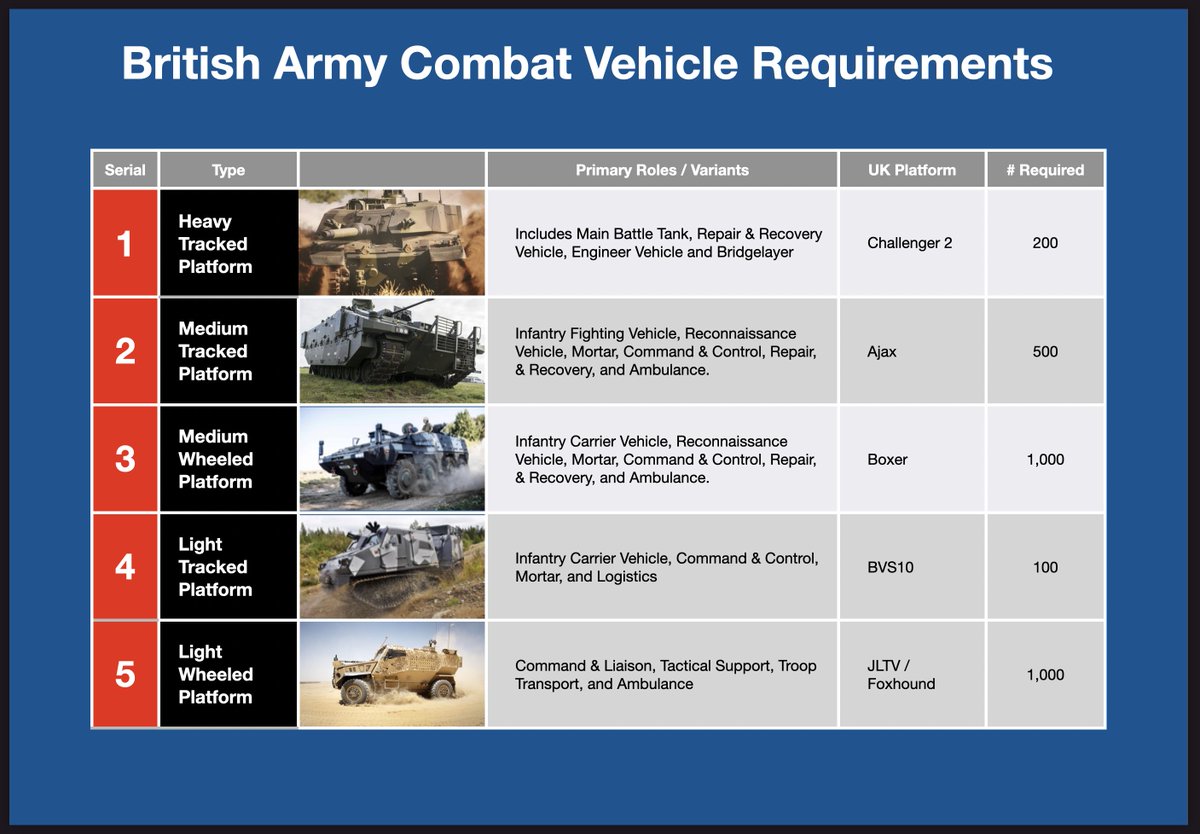
This provides detail on artillery systems (based on the programmes that were announced. I have added a 120 mm mortar system to replace the 105 mm light gun. I have also suggested the Uvsion Hero 120 as a potential loitering munition, but Spike NLOS 2 or Brimstone GL would work. 

I have also detailed the aviation brigade requirement. This includes RAF crewed helicopters (Chinook and Puma) plus the Watchkeeper RPAS. 

Everything I've suggested is achievable within a headcount cap of 72,500. It's not all affordable now, but with an extra £1 billion per annum after 2025, it is achievable by 2030. If what I suggest is viewed as profligate and unrealistic, we might as well give up and go home.
• • •
Missing some Tweet in this thread? You can try to
force a refresh




